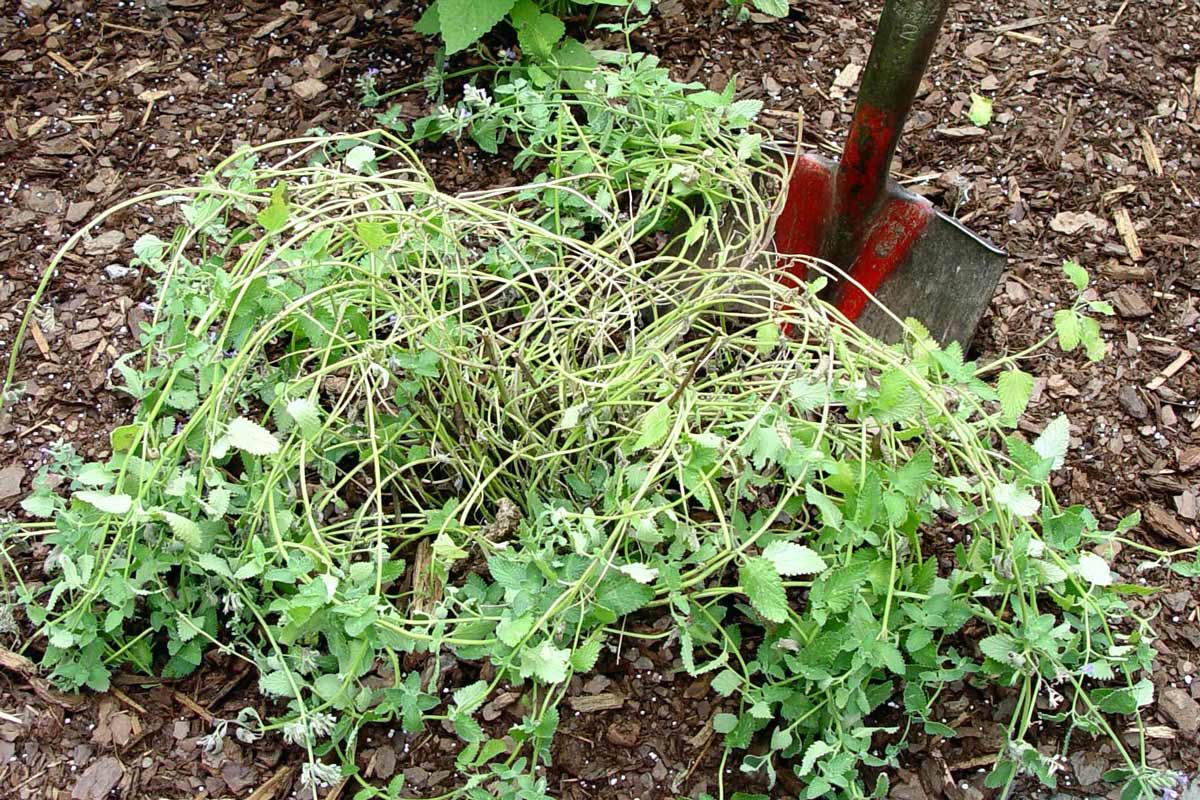How to Avoid Transplant Shock
Plants react differently when moving from one location to another. Find out how you can avoid "transplant shock" when migrating your plants.
Fear not about moving a plant that you realize is in a wrong or struggling location. Most plants transplant better than you might think.
Some of the most experienced gardeners move plants several times before they find an ideal spot. They’ve learned that with a few precautions, more good than harm usually results.
Beginners, on the other hand, tend to be reluctant because they’re concerned they’ll kill a plant by digging it and moving it.

Transplanting a wilted catmint plant. George Weigel
Sometimes plants are moved for purely cosmetic reasons, such as when the gardener realizes the plant would look better in some other location or takes a new direction in a particular area.
But most of the time, the reasons are 1.) the plant is outgrowing the space or 2.) it’s struggling in the current location.
A move to roomier quarters gives a too-big plant a chance to spread out without the need for ongoing pruning.
Moving a struggler can correct the reasons behind the struggling, such as a sun-lover planted in the shade, a shade-preferrer planted in the sun, a plant rotting in too-wet conditions, or a plant stunted because it’s planted in compacted or otherwise poor soil.
The sooner you move a plant, the better. Transplant success is highest when you recognize a deficit early and correct it within the first year or two.
It’s possible to move even a large mature plant, but the odds are iffier. The main reason: you’ll do more root damage when digging a plant with a wide, established root system. With younger plants, you’ll be able to remove most of the root system intact.
September and October are two good months to transplant because temperatures are cooling, moisture loss through the leaves is slowing, and rain is often more regular than in summer.
Early fall is also a time when the soil is still warm enough to promote good root growth, which is highly important for any new or moved plant in a region where the soil freezes in winter.
Late winter into early spring is a second good transplanting window. That time frame gives moved plants at least a few weeks to “re-root” before facing the challenge of a hot, dry summer.
As with all things gardening, there are exceptions:
Five other ways to increase your transplanting odds: